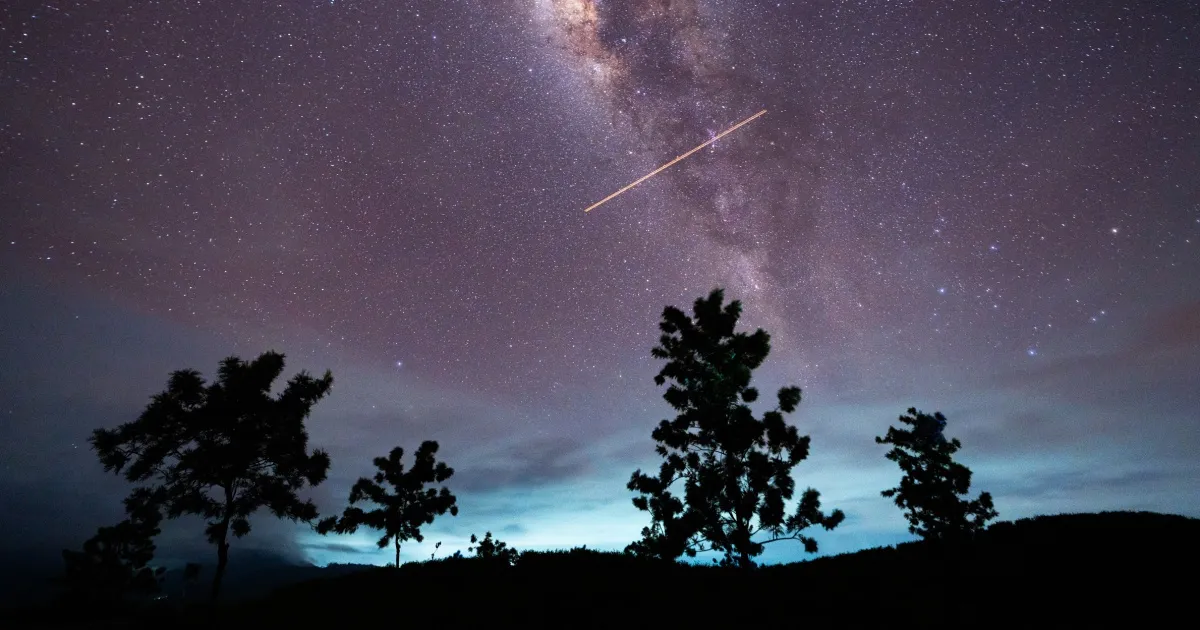
Every 75 years, Halley’s comet makes a spectacular approach to Earth. However, it’s not just the comet itself that captures our attention; the debris it leaves behind creates two significant meteor showers each year, one of which is the Eta Aquarids. According to Shauna Edson from the Smithsonian’s National Air and Space Museum, when this meteor shower illuminates the night sky, “you’ll know that Earth is crossing the path of the most famous comet.”
The Eta Aquarids are known for their speed, with NASA’s Bill Cooke describing them as “pretty fast meteors.” During the peak viewing period, which occurs on Tuesday morning, stargazers can anticipate seeing around 10 to 15 meteors per hour under ideal conditions. However, visibility may be hindered this year, as the moon will be nearly two-thirds full, affecting the clarity of the meteor display. The prime viewing window for the Eta Aquarids extends until May 28, making this a perfect time for skywatchers to witness this stunning event.
A meteor shower occurs when Earth passes through debris left by comets or asteroids as it orbits the sun. The Eta Aquarids derive their brilliance from the remnants of Halley’s comet. As these fast-moving particles enter Earth’s atmosphere, they encounter atmospheric resistance, causing them to heat up and burn. This process often results in a glowing trail, giving birth to what we commonly refer to as a “shooting star.” The good news is that you don’t need any special equipment to enjoy this natural phenomenon; simply find a dark spot away from city lights for the best experience.
The optimal time to observe a meteor shower is during the early predawn hours when the moon is low on the horizon. The primary obstacles to a clear view of meteors are competing sources of light, such as a bright moon or urban glow. For the best viewing experience, aim for cloudless nights when the moon is at its smallest phase. Remember to keep your eyes on the sky rather than your phone; your eyesight will be more adjusted to detect shooting stars if you aren’t distracted by screens.
After the Eta Aquarids, the next major meteor shower to mark on your calendar is the Southern Delta Aquarids, which peaks in late July. This event promises to be another opportunity for astronomy enthusiasts and casual stargazers alike to marvel at the wonders of the night sky.